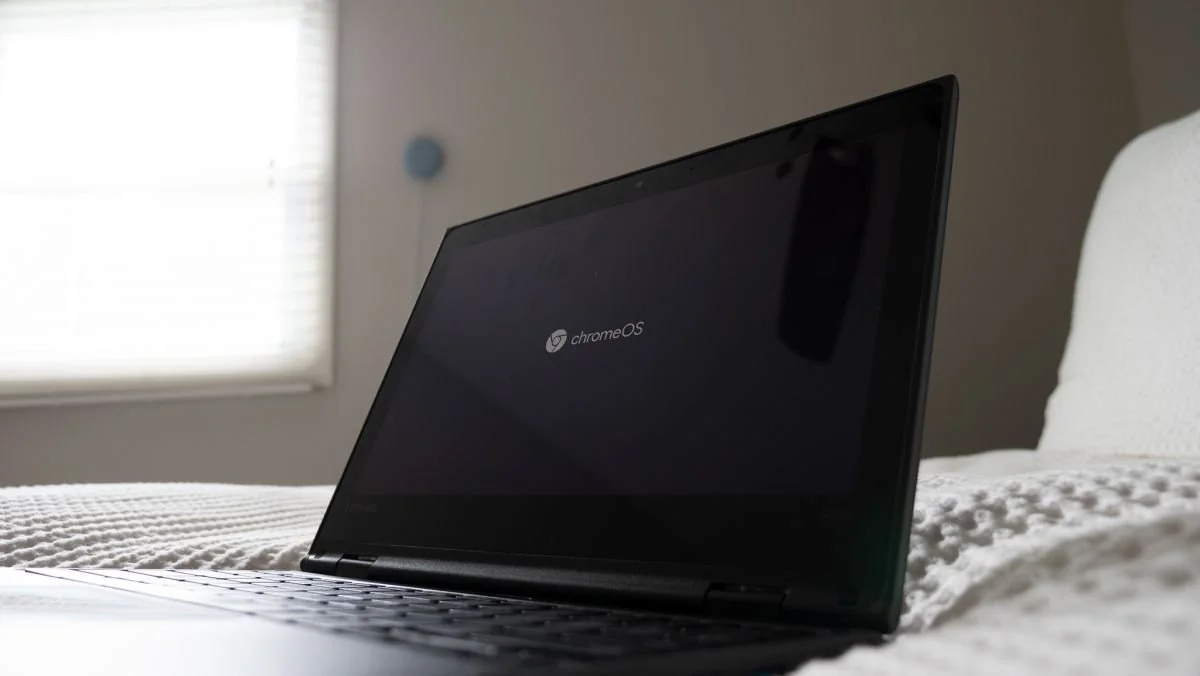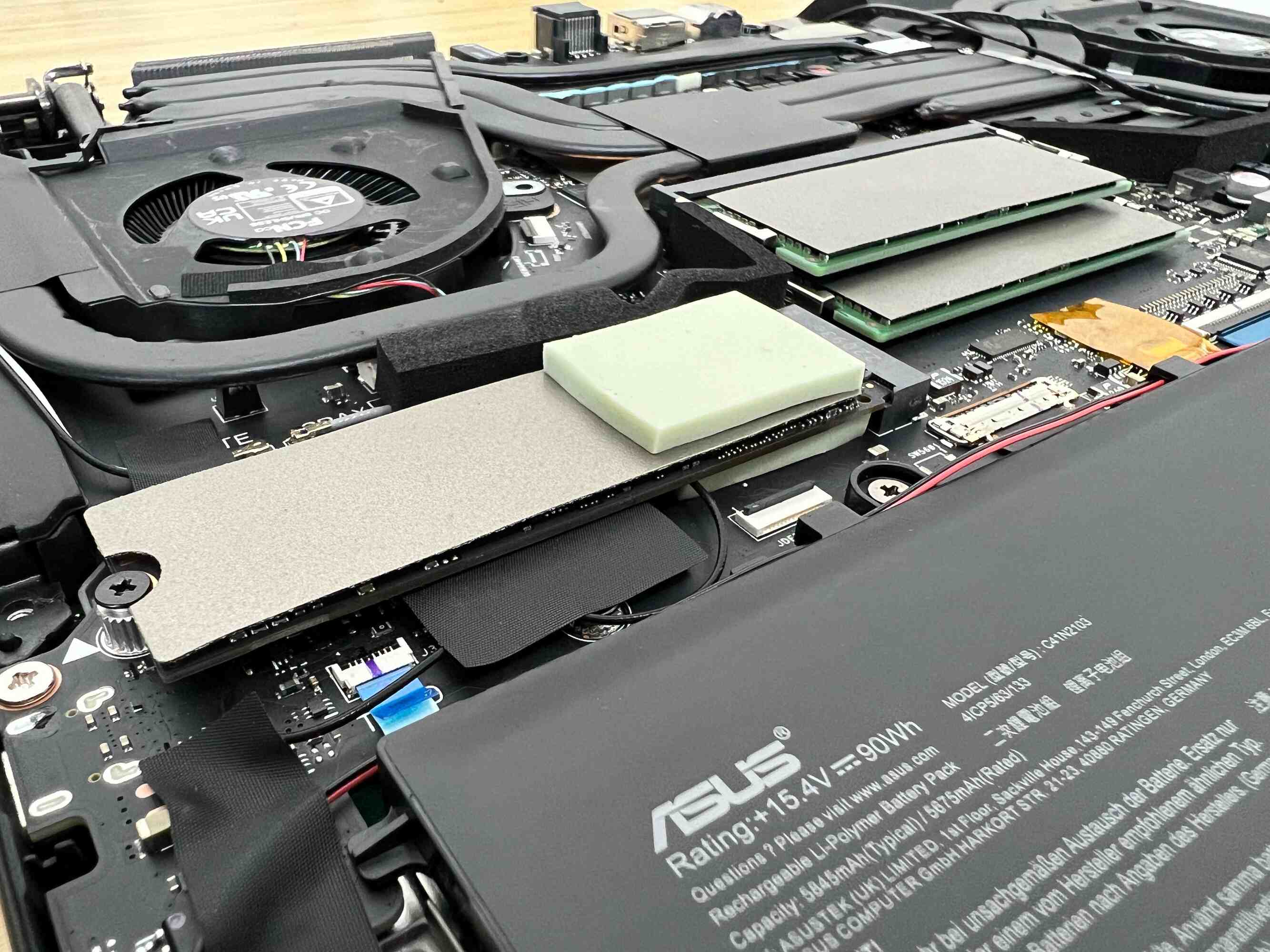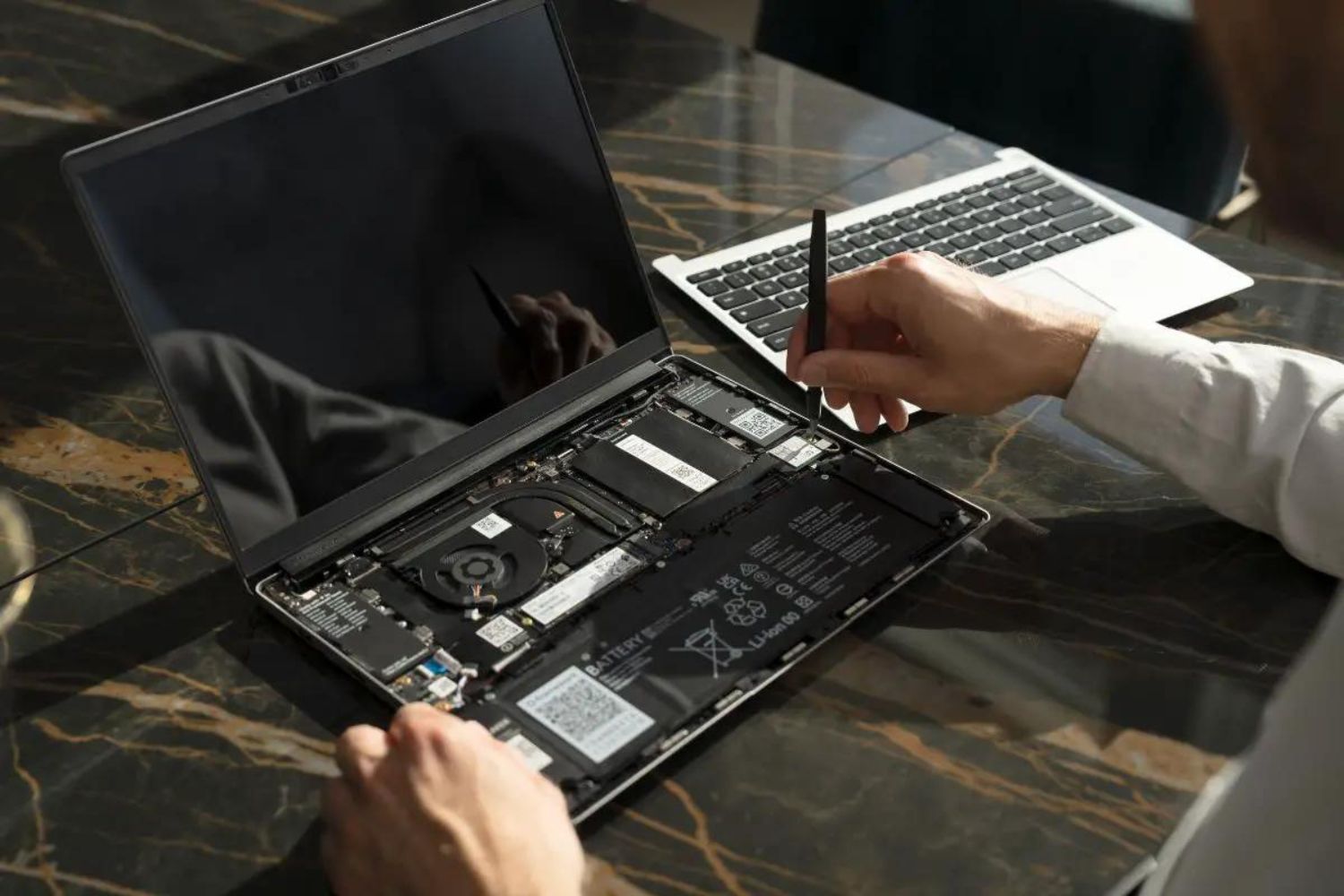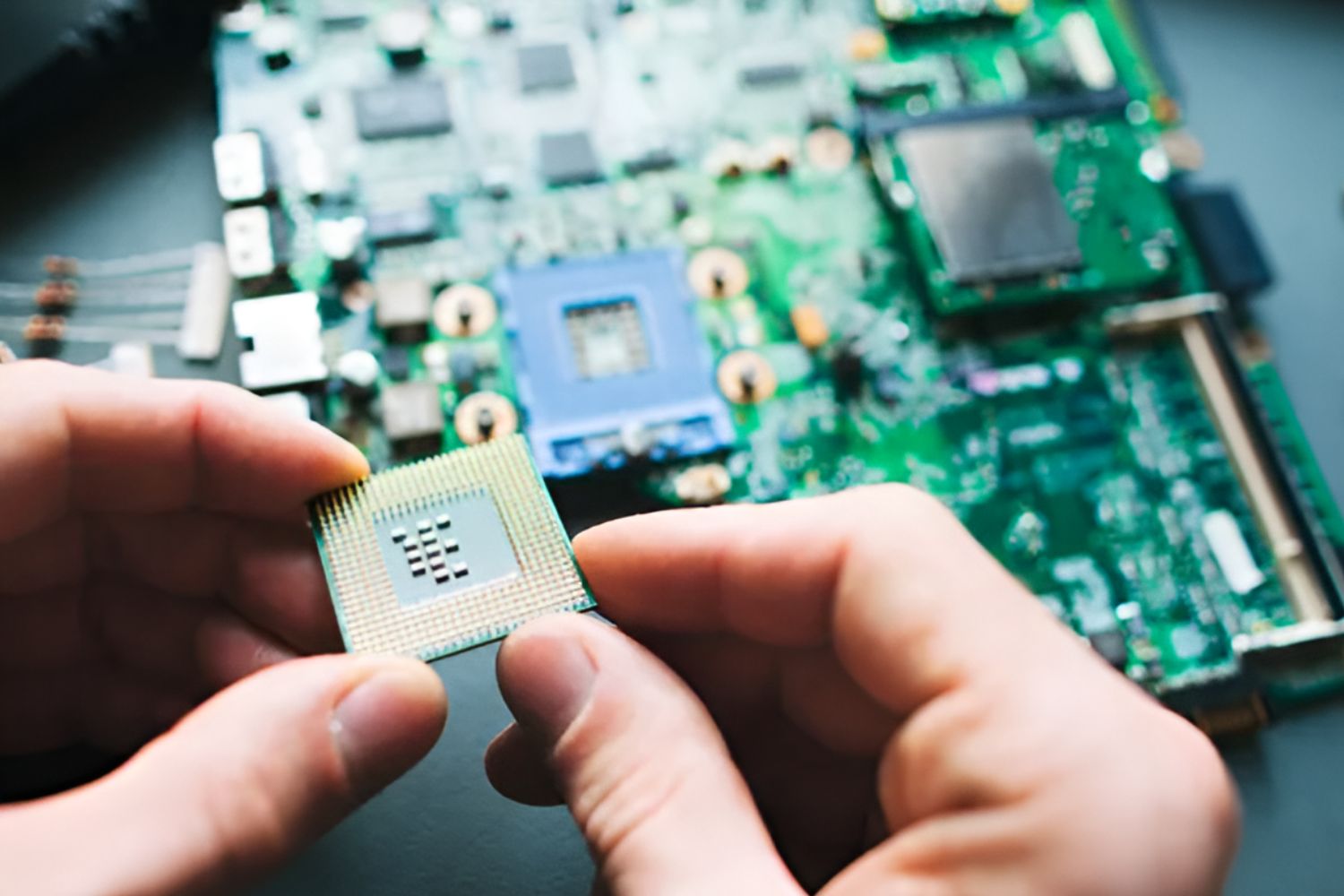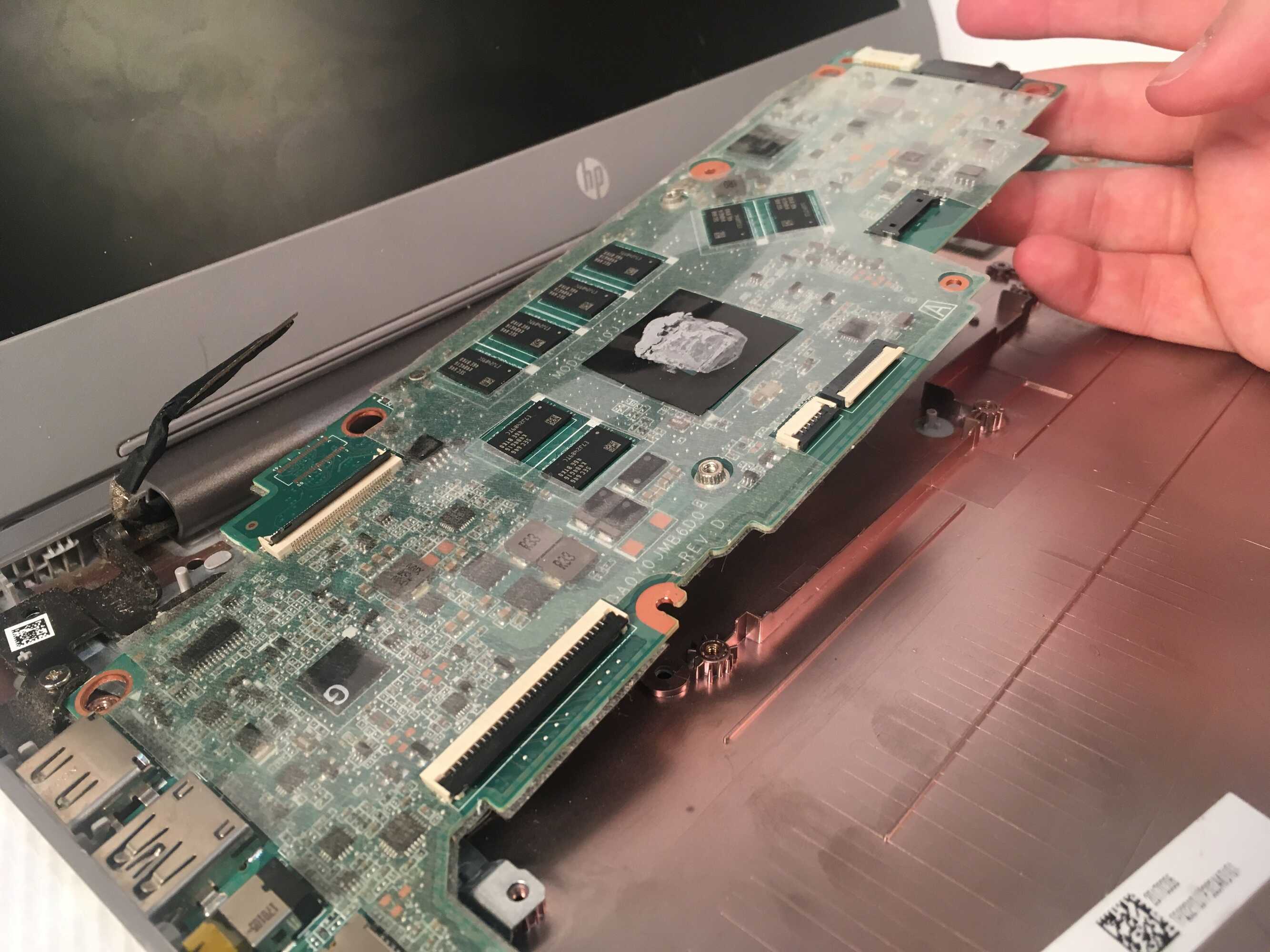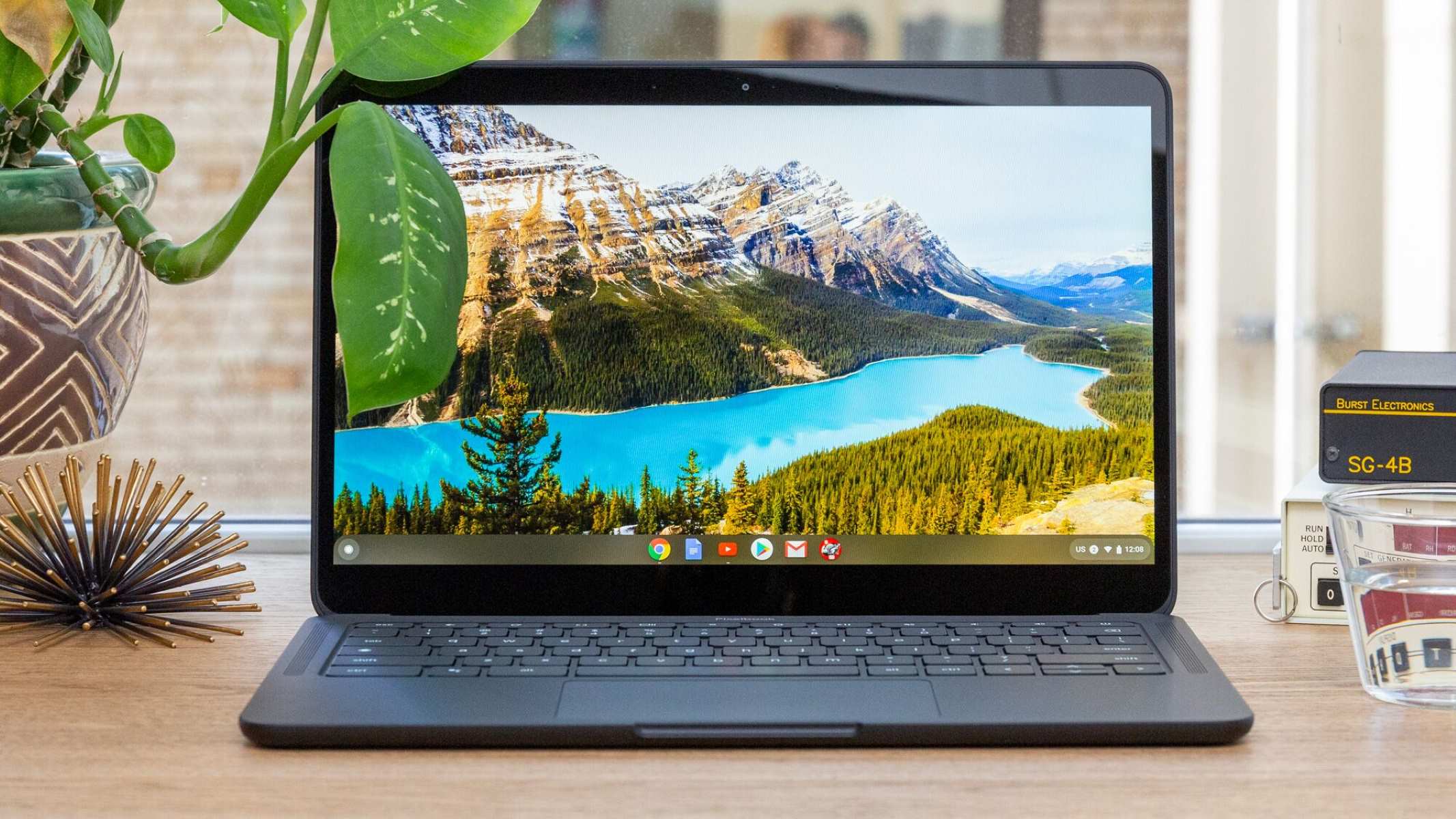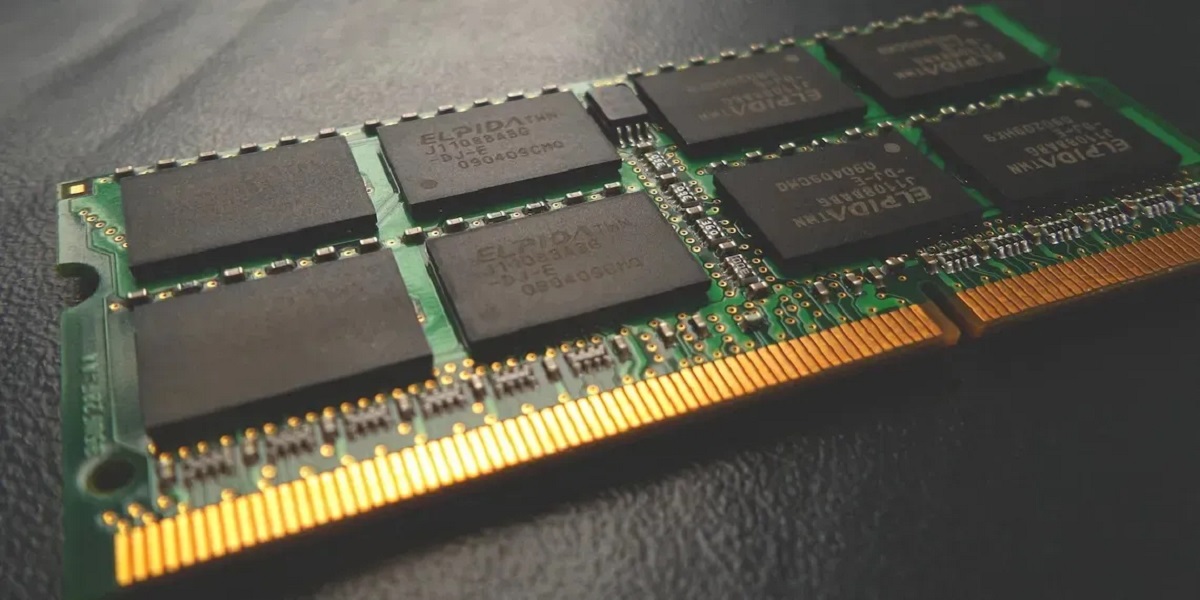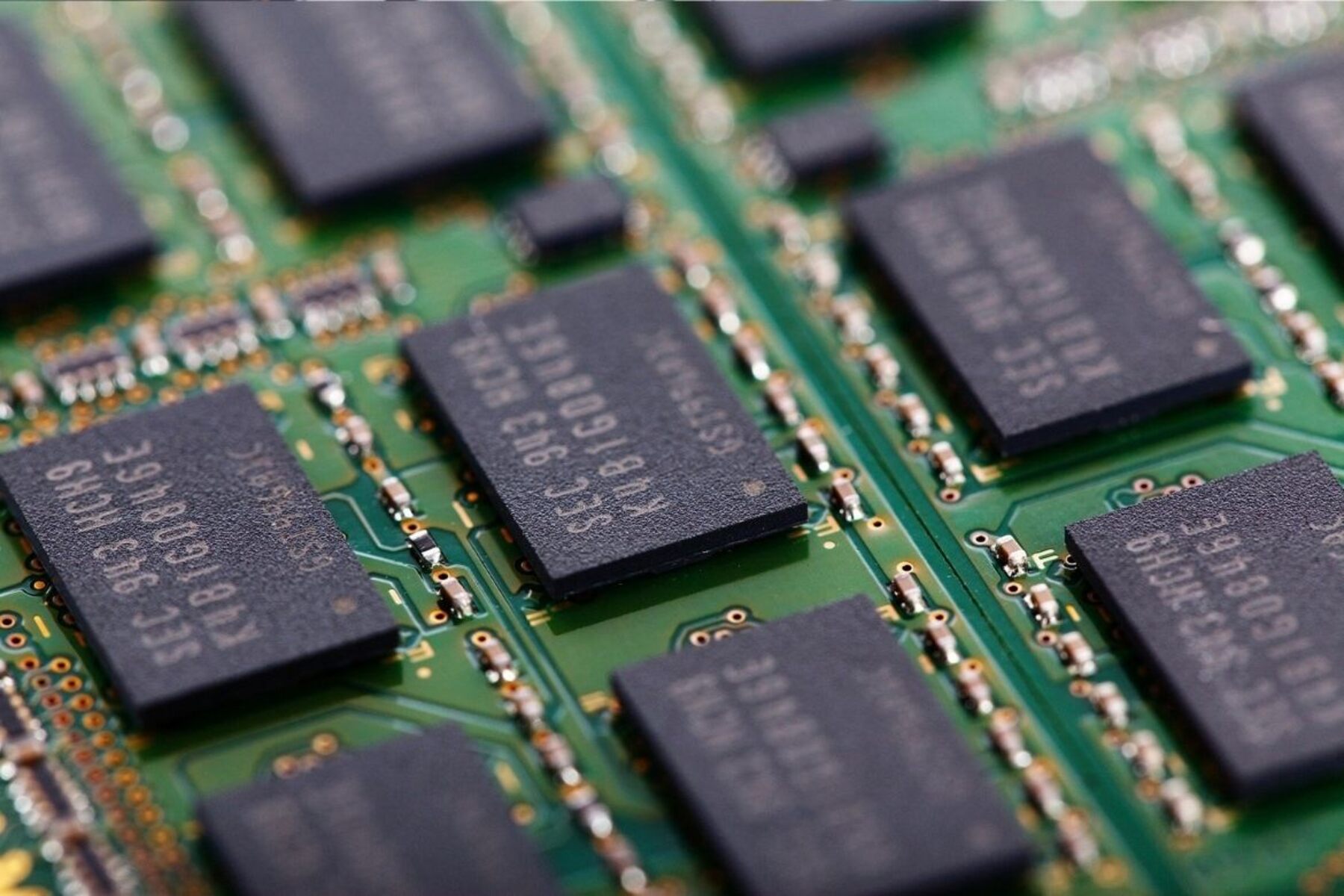Introduction
Chromebooks have become increasingly popular in recent years, offering a versatile and affordable option for both individuals and educational institutions. These lightweight laptops are powered by Chrome OS, a streamlined operating system designed by Google. One key aspect that potential buyers often consider is the amount of RAM that a Chromebook has.
RAM, or Random Access Memory, plays a critical role in determining a device’s performance and multitasking capabilities. It is responsible for temporarily storing data that a computer needs to access quickly. The more RAM a device has, the smoother and more efficient its overall performance tends to be.
Understanding the amount of RAM available on a Chromebook is crucial for anyone looking to make the most out of their device. In this article, we’ll explore the typical amount of RAM found on Chromebooks, as well as the importance of RAM in enhancing their performance. We’ll also delve into how you can check the amount of RAM on your Chromebook and discuss the possibility of upgrading its RAM.
What is RAM?
RAM, or Random Access Memory, is a crucial component of any computer or electronic device. It serves as the computer’s short-term memory, allowing it to quickly access and store data that is currently in use. Unlike a computer’s permanent storage, such as the hard drive or solid-state drive (SSD), RAM is volatile and loses its data when the computer is turned off or restarted.
Think of RAM as your workspace or desk while you’re working on a project. The larger your workspace, the more documents and tools you can have readily available without needing to constantly search for them. Similarly, the more RAM your computer has, the more data and programs it can keep readily accessible, ensuring smoother and faster performance.
When you open an application or a file on your computer, it is loaded into the RAM for quick access. This allows the computer to retrieve information instantly, rather than relying on slower storage devices. For example, if you’re editing a large image file, it will be loaded into RAM so that you can make changes to it in real time, without experiencing lag or delays.
RAM is also crucial for multitasking. If you frequently work with multiple applications or browser tabs open simultaneously, having sufficient RAM is vital. Each application or tab requires a certain amount of memory to function properly, and if your system runs out of RAM, it may start using slower virtual memory or swap files, leading to a noticeable decrease in performance.
It’s important to note that RAM size is not directly related to storage capacity. While the storage capacity determines how much data you can store on your device, RAM determines how efficiently your device can process and manipulate that data.
How much RAM do Chromebooks typically have?
When it comes to Chromebooks, the amount of RAM can vary depending on the specific model and intended use. Chromebooks generally have less RAM compared to traditional Windows laptops or MacBooks, primarily because Chrome OS is designed to be lightweight and efficient.
Most entry-level Chromebooks typically come with 4GB of RAM, which is sufficient for basic tasks such as web browsing, word processing, and streaming media. This amount of RAM allows the system to run smoothly and handle everyday tasks with ease.
Mid-range Chromebooks often offer 8GB of RAM, which provides improved performance and the ability to handle more demanding applications and multitasking. With 8GB of RAM, you can comfortably work with multiple browser tabs, use productivity apps, and even run Linux applications through the built-in Linux support in Chrome OS.
High-end Chromebooks or models aimed at power users may come equipped with 16GB of RAM. This level of RAM is suitable for those who engage in resource-intensive tasks, such as video editing, running virtual machines, or using specialized software.
It’s important to note that while more RAM generally means better performance, Chromebooks are optimized to work efficiently with lower RAM capacities. Chrome OS is designed to prioritize lightweight web-based applications and cloud computing, minimizing the strain on system resources compared to traditional desktop operating systems.
Ultimately, the amount of RAM you choose should depend on your specific needs and usage patterns. If you primarily use your Chromebook for basic tasks, 4GB or 8GB of RAM will likely be sufficient. However, if you plan to use resource-intensive applications or frequently engage in multitasking, investing in a Chromebook with 8GB or 16GB of RAM would provide a smoother overall experience.
The importance of RAM in a Chromebook
RAM plays a crucial role in enhancing the performance of a Chromebook. While Chrome OS is known for its efficiency, having sufficient RAM is still essential to ensure a smooth and responsive user experience.
One of the key advantages of Chromebooks is their ability to run web-based applications. When you open a web browser on your Chromebook, each tab or application you launch consumes a portion of your available RAM. This means that the more tabs or apps you have open simultaneously, the more RAM is required to maintain smooth operation.
Having an adequate amount of RAM allows your Chromebook to handle multiple tabs and applications without slowing down. Whether you’re conducting research, streaming media, using web-based productivity tools, or engaging in online learning, having sufficient RAM means you can seamlessly switch between tasks and navigate between different webpages without experiencing lag or delays.
Moreover, RAM also impacts the overall speed of your Chromebook. When you launch an application or access a file, it is temporarily loaded into RAM to facilitate quick access. With more RAM available, your Chromebook can store more data and programs for immediate use, resulting in faster load times and improved responsiveness.
In addition to web-based applications, RAM is also crucial for running Linux applications on Chrome OS. Chromebooks now have built-in support for Linux, allowing users to install and use Linux software. However, Linux applications typically require more resources, and having sufficient RAM ensures a smooth experience when running these applications.
Furthermore, upgrading your Chromebook’s RAM can significantly improve its performance if you find yourself frequently engaging in resource-intensive tasks. Upgrading the RAM allows your device to handle heavier software, large files, and more complex workflows with ease.
Overall, RAM plays a vital role in optimizing the performance of a Chromebook. It ensures smooth multitasking, faster load times, and improved responsiveness, enabling you to make the most of your Chrome OS experience.
How to check the amount of RAM on your Chromebook
If you’re unsure about the amount of RAM your Chromebook has, there are a few simple steps you can follow to check this information. Here’s how to do it:
- Start by opening the Chrome browser on your Chromebook.
- In the address bar, type “chrome://system” and press Enter.
- This will open the Chrome OS System Information page.
- Scroll down until you find the “Device” section.
- Within the Device section, you should see details about your Chromebook’s hardware.
- Look for the “Total Memory” or “Installed RAM” entry.
- The value displayed will indicate the amount of RAM installed on your Chromebook.
Alternatively, you can also check the RAM information through the Chrome OS settings. Here’s how:
- Click on the time or battery icon in the bottom-right corner of your screen to open the system tray.
- Click on the gear icon to access the Chrome OS settings.
- In the settings menu, click on “About Chrome OS” in the left-hand sidebar.
- Under “About Chrome OS,” you will find information about your Chromebook’s operating system and hardware.
- Look for the “Memory” or “RAM” entry, which will display the installed RAM size.
Checking the amount of RAM on your Chromebook is a straightforward process that can help you determine the device’s capabilities and ensure it meets your needs.
Upgrading the RAM on a Chromebook
Unlike traditional laptops, upgrading the RAM on a Chromebook is not as straightforward. Most Chromebooks come with the RAM soldered to the motherboard, making it difficult or impossible to upgrade.
However, there are a select few Chromebook models that do offer the possibility of upgrading the RAM. If you have one of these models and find that you need more memory for your tasks, upgrading the RAM can be a beneficial option.
Before attempting to upgrade the RAM on your Chromebook, it’s important to check if your specific model allows for RAM upgrades. You can usually find this information by checking the manufacturer’s website or referring to the user manual.
If your Chromebook is eligible for a RAM upgrade, you will need to follow these general steps:
- Ensure you have the necessary tools for the upgrade, such as a small Phillips screwdriver.
- Power off your Chromebook and disconnect all cables.
- Turn the device upside down and remove any screws securing the back cover.
- Carefully remove the back cover to access the internal components.
- Locate the RAM module, which will be a small chip on the motherboard.
- Take note of the RAM type and specifications, as you will need to purchase a compatible replacement module.
- Remove the existing RAM module by gently pressing the retention clips on either side and pulling it out.
- Insert the new RAM module into the available slot, ensuring it is properly aligned.
- Press down firmly on the module until the retention clips secure it in place.
- Replace the back cover of your Chromebook and screw it back into position.
It’s crucial to note that upgrading the RAM on a Chromebook can void the warranty. Therefore, it’s recommended to consult with the manufacturer or seek professional assistance if you are not confident in performing the upgrade yourself.
Additionally, it is essential to ensure that the RAM module you purchase is compatible with your specific Chromebook model. Check the manufacturer’s specifications or seek guidance from trusted sources before making a purchase.
Overall, while most Chromebooks do not allow for RAM upgrades, there are rare cases where it is possible. If you have the option to upgrade and require more memory for your tasks, carefully following the manufacturer’s instructions and guidelines can help improve your Chromebook’s performance.
Conclusion
Understanding the role of RAM in a Chromebook is crucial for optimizing its performance and ensuring a smooth user experience. While Chromebooks typically come with lower RAM capacities compared to traditional laptops, they are designed to be efficient and capable of handling everyday tasks.
The amount of RAM your Chromebook has can impact its multitasking capabilities, speed, and responsiveness. It determines how many apps and browser tabs you can have open simultaneously without experiencing slowdowns or delays.
Most Chromebooks come with 4GB or 8GB of RAM, which is suitable for everyday tasks such as web browsing, word processing, and media streaming. Higher-end models may offer 16GB of RAM for more resource-intensive workloads.
You can easily check the amount of RAM on your Chromebook by accessing the Chrome OS System Information page or the Chrome OS settings. However, it’s important to note that upgrading the RAM on a Chromebook is not a common option, as many models have the RAM soldered to the motherboard.
If your Chromebook supports RAM upgrades, it’s essential to follow the manufacturer’s instructions and guidelines. Upgrading the RAM can significantly improve your Chromebook’s performance if you frequently engage in resource-intensive tasks.
When considering a Chromebook, it’s important to choose one with an appropriate amount of RAM for your specific needs. Whether you’re a student, professional, or casual user, having sufficient RAM ensures a smooth and efficient computing experience with your Chromebook.
Overall, RAM plays a vital role in optimizing the performance of a Chromebook, allowing you to multitask, run applications smoothly, and navigate the web with ease. Understanding and considering the RAM capacity of a Chromebook is crucial when making a purchasing decision or optimizing the performance of an existing device.







